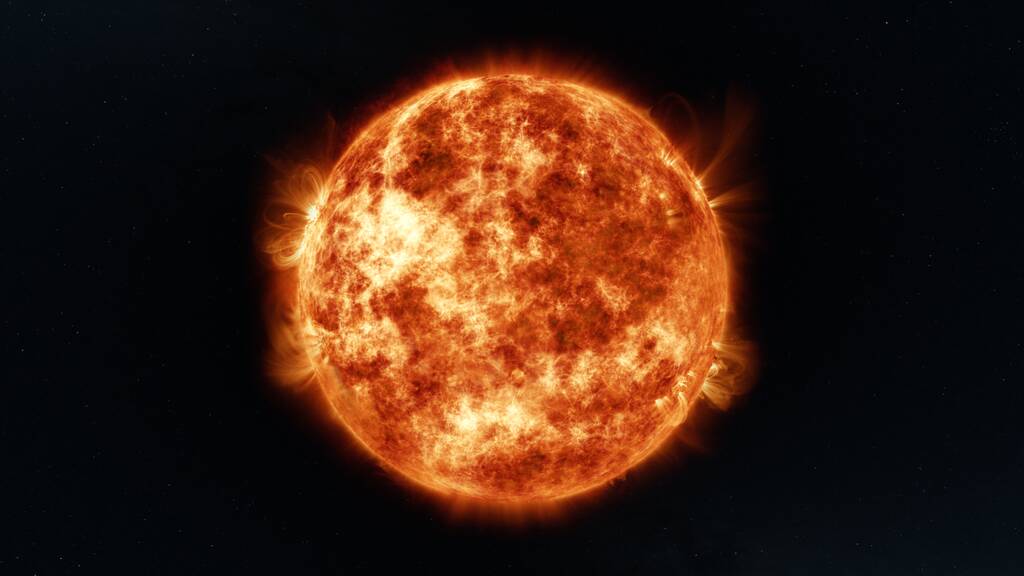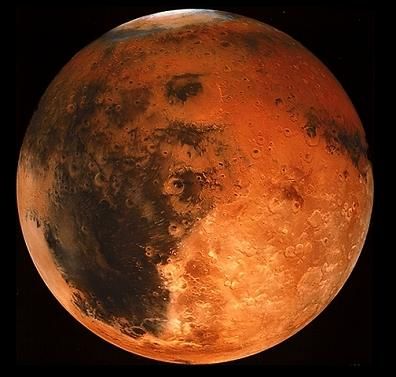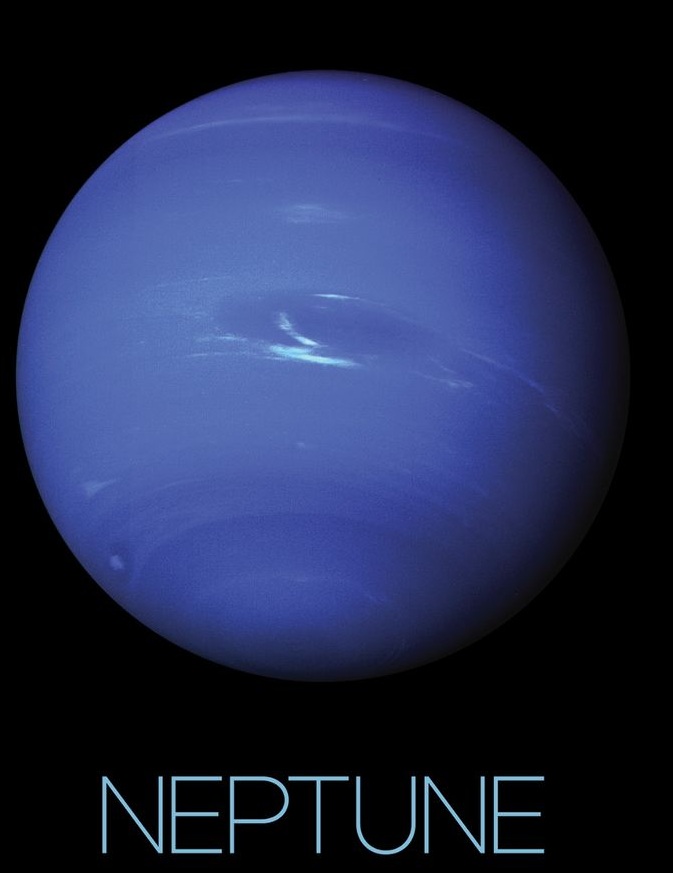The Solar System of Planets
Key Takeaway:
The order of the eight planets in our solar system, starting from the closest to the sun and moving outwards, is: Mercury, Venus, Earth, Mars, Jupiter, Saturn, Uranus, and Neptune. There is also the possibility of a ninth planet, currently referred to as Planet Nine.
Summary:
- The solar system comprises eight primary planets: Mercury, Venus, Earth, Mars, Jupiter, Saturn, Uranus, and Neptune, along with other celestial bodies such as dwarf planets and moons.
- Planets in the solar system can be categorized into terrestrial planets, which have rocky surfaces, and Jovian planets, which are gas giants composed mainly of hydrogen and helium.
- Each planet has unique features and characteristics, ranging from extreme temperatures on Mercury to supersonic winds on Neptune.
- The formation of the solar system occurred approximately 4.6 billion years ago from a collapsing cloud of gas and dust known as the solar nebula.
The Order of Planets in the Solar System
The arrangement of planets in the solar system follows a specific order, starting from the one closest to the sun. This order is crucial in understanding the activity and interactions within our cosmic neighborhood.
- Mercury: Closest to the Sun, Mercury is the smallest and fastest-moving planet in our solar system.
- Venus: Earth’s twin in size, Venus boasts a thick, toxic atmosphere and extreme surface temperatures.
- Earth: The third planet from the Sun, Earth is the only known celestial body to support life.
- Mars: Known as the Red Planet, Mars features a barren landscape with evidence of past water presence.
- Jupiter: The largest planet in the solar system, Jupiter is a gas giant with a prominent red spot.
- Saturn: Famous for its dazzling ring system, Saturn is the sixth planet from the Sun.
- Uranus: Rotating on its side, Uranus is a unique planet with a blue-green hue.
- Neptune: The farthest known planet from the Sun, Neptune exhibits fierce winds and a deep blue color.
“The sequence of planets in the solar system, starting from the one closest to the sun, is: Mercury, Venus, Earth, Mars, Jupiter, Saturn, Uranus, and Neptune.” – Unknown
The Extent of the Solar System
Beyond the primary planets, the solar system extends into vast regions containing various celestial objects, each contributing to the complex structure of our cosmic environment.
- Asteroid Belt: Located between Mars and Jupiter, the asteroid belt comprises millions of rocky bodies, including the dwarf planet Ceres.
- Kuiper Belt: Beyond Neptune lies the Kuiper Belt, populated by icy bodies and dwarf planets such as Pluto, Eris, Haumea, and Makemake.
- Oort Cloud: Surrounding the solar system is the Oort Cloud, a vast shell of icy bodies believed to be the source of long-period comets.
Types of Planets in the Solar System
Understanding the composition and characteristics of planets in the solar system is essential for grasping the diversity of celestial bodies within our cosmic neighborhood.
Terrestrial Planets:
- Mercury: Closest to the Sun, Mercury boasts a barren, cratered surface with extreme temperature fluctuations.
- Venus: Earth’s twin in size, Venus features a thick, toxic atmosphere and high surface temperatures.
- Earth: The only known planet to support life, Earth is characterized by its abundance of liquid water and diverse ecosystems.
- Mars: Known as the Red Planet, Mars exhibits a rusty surface with evidence suggesting the presence of water in the past.
Jovian Planets:
- Jupiter: The largest planet in the solar system, Jupiter is a gas giant with a strong magnetic field and numerous moons.
- Saturn: Famous for its extensive ring system, Saturn is a gas giant with a lower density than Jupiter.
- Uranus: Rotating on its side, Uranus is a unique planet with a blue-green hue and a faint ring system.
- Neptune: The farthest known planet from the Sun, Neptune features supersonic winds and a deep blue color.
Size Order of the Planets
Understanding the relative sizes of planets in the solar system provides insights into their mass and composition.
- Smallest to Largest:
- Mercury
- Mars
- Venus
- Earth
- Neptune
- Uranus
- Saturn
- Jupiter
Detailed Overview of Each Planet
The Sun:
- The sun is the central star of the solar system, providing heat, light, and energy to sustain life on Earth.

Mercury:
- Mercury is the smallest planet in the solar system and experiences extreme temperature fluctuations due to its proximity to the Sun.

Venus:
- Venus is often referred to as Earth’s twin due to its similar size, but its thick atmosphere creates a runaway greenhouse effect, making it the hottest planet in the solar system.

Earth:
- Earth is the only known planet to harbor life, thanks to its suitable atmosphere and abundant water.

Mars:
- Mars features a reddish surface due to iron oxide and has geological features suggestive of past water activity.

Jupiter:
- Jupiter is the largest planet in the solar system, with a turbulent atmosphere and a prominent Great Red Spot.

Saturn:
- Saturn is famous for its extensive ring system composed of ice and rock particles.

Uranus:
- Uranus rotates on its side, possibly due to a massive collision early in its history, and exhibits a blue-green coloration.

Neptune:
- Neptune, with its deep blue hue and supersonic winds, is the farthest known planet from the Sun.

The Formation of the Solar System
Understanding the process of solar system formation sheds light on the origins and evolution of celestial bodies within our cosmic neighborhood.
- Solar Nebula: Approximately 4.6 billion years ago, a cloud of gas and dust known as the solar nebula collapsed under its gravity, forming a flattened disk with the Sun at its center.
- Protoplanetary Disk: Within this disk, particles collided and merged to form planetesimals, which eventually accreted to form planets.
- Formation of Planets: Over millions of years, the planetesimals grew in size through accretion, eventually forming the planets we observe today.
The solar system, with its diverse collection of planets, moons, and other celestial bodies, continues to fascinate humanity with its complexity and beauty. From the intense heat of Mercury to the icy reaches of Neptune, each planet provides unique insights into the processes that shaped our cosmic neighborhood. By examining the order of the planets, their compositions, and the formation of the solar system, scientists gain valuable knowledge about the dynamics of celestial bodies and the origins of our planetary system.
References:
- NASA. “Solar System Exploration.” https://solarsystem.nasa.gov/
- Britannica. “Solar System.” https://www.britannica.com/place/solar-system

